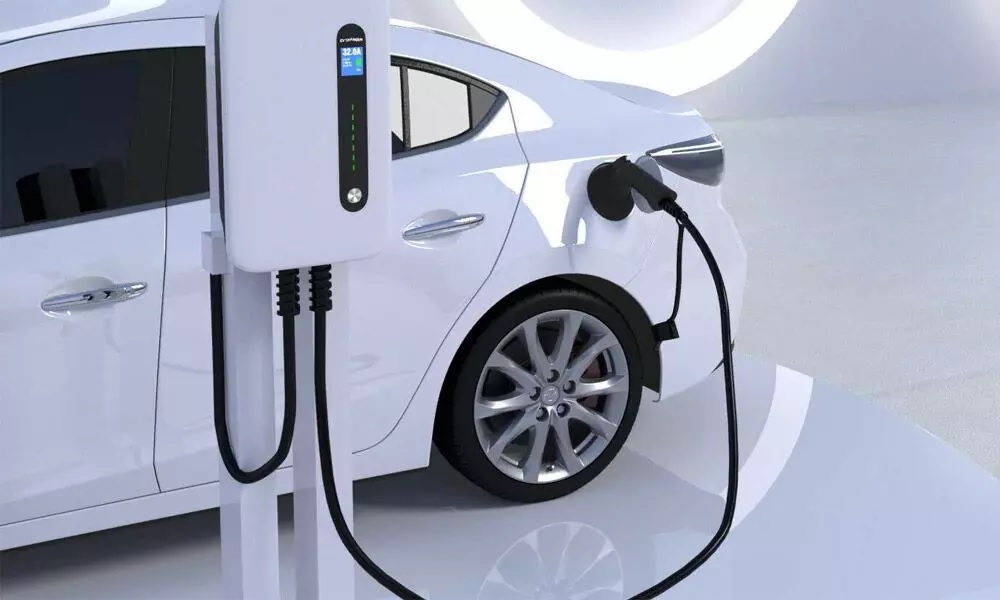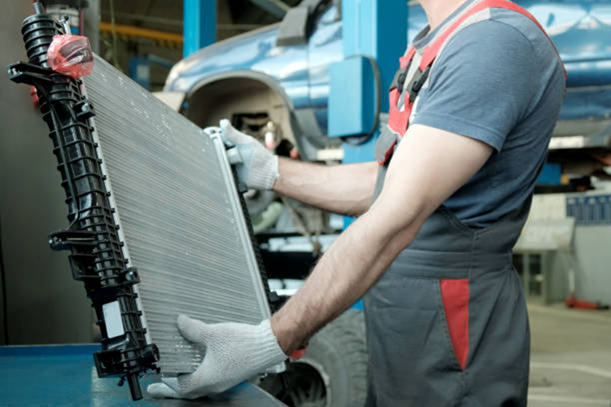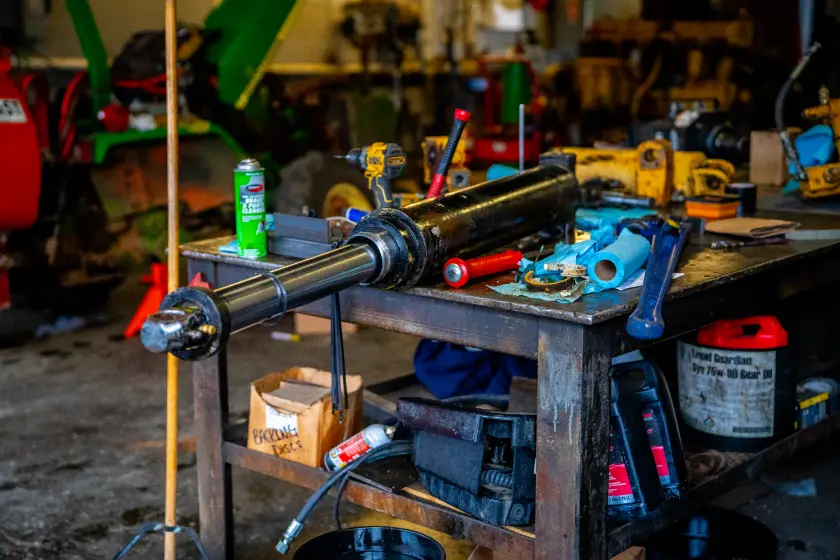Drivers and passengers can easily alter their seating position thanks to the unmatched comfort and adaptability of power seats. But there is a price for this convenience: more complicated mechanics. Power seats need electric motors, complex gear systems, and wiring harnesses to function, in contrast to manual seats that rely on basic levers and tracks. Durability issues are quickly brought up by this intrinsic complexity. Compared to their more straightforward manual equivalents, power chairs are inevitably more prone to wear and tear since they have more moving parts, which increases the likelihood of failure. For reliable solutions to such issues, consider expert services like Auto Repair in Lino Lakes, MN, to ensure your power seats function smoothly.
Stress Points and Wear Patterns: Examining Vulnerable Components
The sturdy construction and high caliber of power seats’ essential parts determine how long they last. Particularly at risk are the motors that propel the movement of the seat. High load conditions and frequent use might cause motor failure or premature burnout. Additionally prone to wear are the gear devices that convert motor power into seat adjustment. Metal gears, despite being more resilient, can still experience wear and tear, but plastic gears, despite being lighter and less expensive, and are more likely to peel under stress. Repetitive stretching and vibrations can harm wiring harnesses, which are essential for sending power and communications.
Environmental Factors and Load: Impacting Seat Longevity
Beyond their inherent complexity, human behaviour and ambient conditions have a big impact on how long power and manual seats last. Extreme heat, moisture, and dust exposure can hasten seat component deterioration and lead to early failure. Several of these impacts can be lessened with routine upkeep and cleaning. The lifespan of the seat may also be shortened by quick or violent modifications that place excessive strain on the mechanical parts.
Manual Seat Stability: Simplicity as a Strength
Manual seats are more durable than power-operated ones due to fewer moving parts and a simpler design. Manual seats have fewer pieces to break, so they last longer, require less maintenance, and wear and tear better. Direct mechanical links and physical leverage make manual seat adjustments strong. This direct connection ensures reliable operation under high loads and reduces component stress. Manual seats are more reliable and cost less to maintain than electric chairs due to their simplicity.
Conclusion
Choice between manual and electric chairs boils down to personal tastes and needs. Power chairs offer unrivalled comfort and adaptability for convenience and customization. Due of their complexity, durability and maintenance may be problematic. Manual seats are simpler and more durable, prioritizing durability. Manual chairs remain a popular choice for robust, low-maintenance seating. Knowing the longevity of each type helps customers choose one that suits their demands and driving style.








